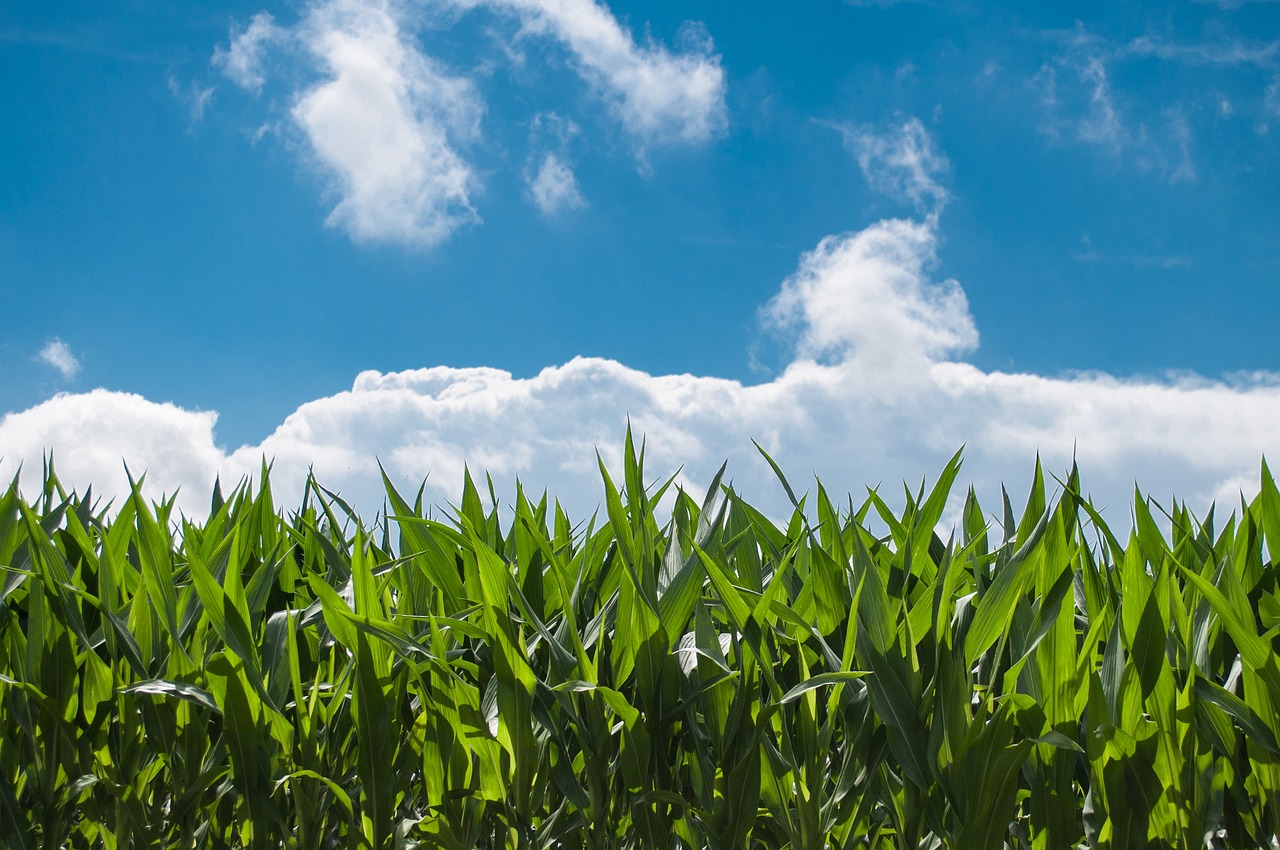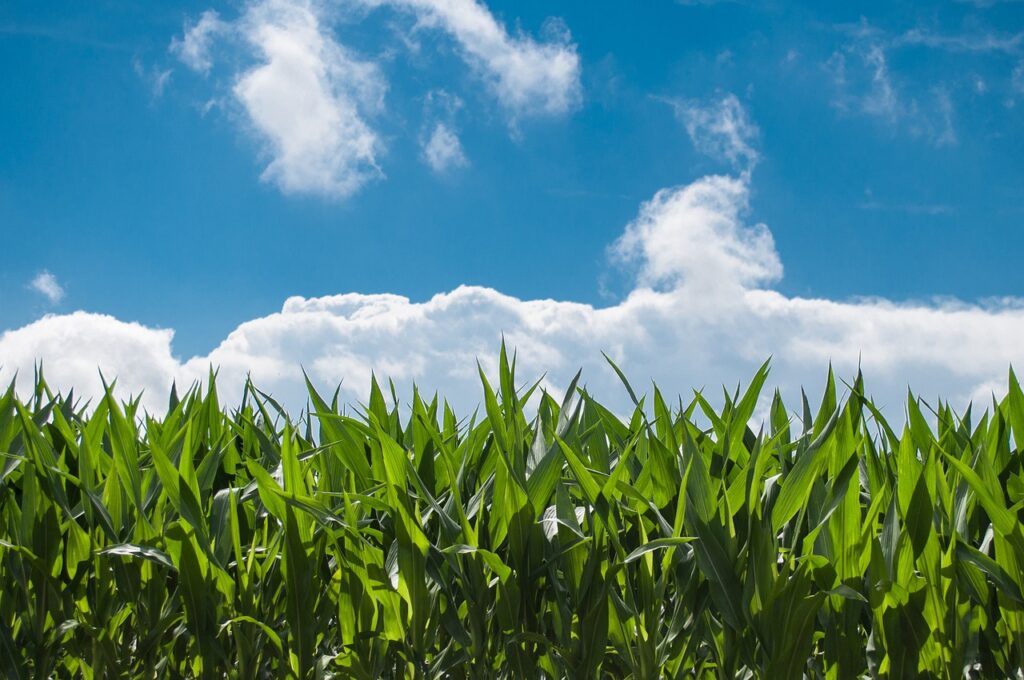
Image: Pixabay
After three years with the presence of La Niña, which caused a long drought in the South region, given the volume and production of grains, such as soybeans and corn, in 2023 the scenario changes with the confirmation of the El Niño phenomenon.
Last week, the American Climate Prediction Center (CPC-NOAA) released a bulletin confirming the establishment of the El Niño phenomenon, which should bring impressive effects to agriculture. With the influence of El Nino, the rainfall pattern changes across the planet, modulating conditions in producing regions.
See how crops will be affected
{module Form RD}
Wheat
Rainfall and temperature conditions are widely accepted in the south of Brazil, the tendency is for a wetter winter, temperatures above average – with the least occurrence of intense frosts. This way, there is no resistance to the water needs of pain or low temperatures. However, these more recurrent rains can be a concern regarding harvesting operations and special fungal diseases.
Corn and soy
In periods of El Niño, although there is no major influence on rainfall in central Brazil, projections indicate a drier and hotter period. This combination of lack of rain and higher temperatures is a limiting factor for the productive potential of crops, especially in relation to water restrictions. A drier summer can compromise the harvest, leading to lower germination rates and, consequently, leading to output. Furthermore, higher temperatures can increase evapotranspiration, which can worsen the effects of lack of rain. This scenario is predicted in central Brazil, including Mato Grosso, a state responsible for 33% of the national production of first harvest corn and 26% of soybeans. However, good water availability can boost the production of these cultivars in Paraná and Rio Grande do Sul,
Cotton
Mato Grosso (72%) and Bahia (20%) are the main producers of the fiber in Brazil, with planting beginning in mid-December in Bahia and January in Mato Grosso. Therefore, the success of the season will depend on the availability of rain this summer. And given the projected scenario, the trend indicates a drier and hotter period, a condition that increases the loss of water from the soil and plants through evaporation. Furthermore, night temperatures above 27°C limit bud formation and flowering. Regarding fiber quality, stress due to lack of water can cause a reduction in fiber length and, depending on the severity and the plant's development phase, can contribute to an increase or decrease in the micron index.
Rice
The South region, responsible for 80% of national production, will face challenges in planting and developing the crop, mainly in relation to excessive rainfall. For both flood-irrigated and upland rice, excessive and frequent rainfall can harm plant growth by reducing the availability of sunlight during the crop cycle. Excessive rains also harm crop management practices. It is still beyond the projection horizon, but if the harvest coincides with a period of heavy rain, losses are inevitable, such as a reduction in productivity due to plant lodging.
Sugar cane
In general, the main producing regions will have a climate without major influences from the El-Niño phenomenon. However, projections indicate above-average temperatures in all sectors of the country, which should accelerate moisture loss due to higher evaporation rates. Eventually, drier periods during the tolerance phase may cause a reduction in stem productivity, but, at the same time, they may increase the concentration of sucrose which, in some cases, may even be advantageous from a production point of view.
Coffee
According to the scenario indicated with the influence of El-Niño, the state of Rondônia could face a drier period. This condition can significantly harm the coffee tree, leading to injuries such as wilting, defoliation, drying of branches, nutritional deficiencies and susceptibility to diseases and illnesses. The losses are manifested in losses in fruit development and production, changes in the size and type of coffee, and reduced yield. On the other hand, the producing states in the southeast region may not experience significant changes in climate conditions.
Source: Aline Merladete | agrolink













